| Weight | 1 lbs |
|---|---|
| Dimensions | 9 × 5 × 2 in |
| host | mouse |
| isotype | IgG1 |
| clonality | monoclonal |
| concentration | 1 mg/mL |
| applications | ICC/IF, WB |
| reactivity | Vitronectin |
| available sizes | 200 µg |
mouse anti-Human Vitronectin monoclonal antibody (VN58-1) 9971
$497.00
Antibody summary
- Mouse monoclonal to Human Vitronectin
- Suitable for: WB,ELISA,IHC
- Isotype: IgG1
- 200 µg
mouse anti-Human Vitronectin monoclonal antibody (VN58-1) 9971
| antibody |
|---|
| Tested applications WB,IHC,IHC,ELISA |
| Recommended dilutions ELISA: 1:3,000 dilution with solid phase antigen Western Blot: 5-10 ug/ml under reduced and non-reduced conditions. Immunohistochemistry: 5-10 ug/ml on paraffin embedded and frozen tissue sections. |
| Immunogen Human Vitronectin |
| Size and concentration 200µg and |
| Form lyophilized |
| Storage Instructions The stock solution (2. 0mg/ml) can be stored in aliquots at - 20°C for 1 year or can be stored at 4°C for 6 months after adding 0.1% sodium azide. Dilutions of stock solution should not |
| Storage buffer 10 mM PBS, 1% BSA, pH 7.4, lyophilized |
| Purity immunogen affinity purification |
| Clonality monoclonal |
| Isotype IgG1 |
| Compatible secondaries goat anti-mouse IgG, H&L chain specific, peroxidase conjugated polyclonal antibody 5486 goat anti-mouse IgG, H&L chain specific, biotin conjugated, Conjugate polyclonal antibody 2685 goat anti-mouse IgG, H&L chain specific, FITC conjugated polyclonal antibody 7854 goat anti-mouse IgG, H&L chain specific, peroxidase conjugated polyclonal antibody, crossabsorbed 1706 goat anti-mouse IgG, H&L chain specific, biotin conjugated polyclonal antibody, crossabsorbed 1716 goat anti-mouse IgG, H&L chain specific, FITC conjugated polyclonal antibody, crossabsorbed 1721 |
| Isotype control Mouse monocolonal IgG1 - Isotype Control |
| target relevance |
|---|
| Protein names Vitronectin (VN) (S-protein) (Serum-spreading factor) (V75) [Cleaved into: Vitronectin V65 subunit; Vitronectin V10 subunit; Somatomedin-B] |
| Gene names VTN,VTN |
| Mass 54306Da |
| Function FUNCTION: Vitronectin is a cell adhesion and spreading factor found in serum and tissues. Vitronectin interact with glycosaminoglycans and proteoglycans. Is recognized by certain members of the integrin family and serves as a cell-to-substrate adhesion molecule. Inhibitor of the membrane-damaging effect of the terminal cytolytic complement pathway.; FUNCTION: Somatomedin-B is a growth hormone-dependent serum factor with protease-inhibiting activity. |
| Subellular location SUBCELLULAR LOCATION: Secreted, extracellular space {ECO:0000269|PubMed:2448300, ECO:0000269|PubMed:29567995}.; SUBCELLULAR LOCATION: Parasitophorous vacuole {ECO:0000269|PubMed:29567995}. Note=(Microbial infection) In P.falciparum-infected red blood cells, VTN internalization is detected at the early trophozoite stage (PubMed:29567995). Colocalizes with SERA5 at the schizont stage and with SERA5 P47 at the merozoite surface (PubMed:29567995). {ECO:0000269|PubMed:29567995}. |
| Tissues TISSUE SPECIFICITY: Expressed in the retina pigment epithelium (at protein level) (PubMed:25136834). Expressed in plasma (at protein level) (PubMed:2448300). Expressed in serum (at protein level) (PubMed:29567995). {ECO:0000269|PubMed:2448300, ECO:0000269|PubMed:25136834, ECO:0000269|PubMed:29567995}. |
| Structure SUBUNIT: Exists in two forms: a single chain 75 kDa form (V75) and a clipped form composed of two chains (65 kDa and 10 kDa) (V65+V10) which are held together by a disulfide bond. Interacts with SERPINE1/PAI1, insulin and C1QBP. {ECO:0000269|PubMed:12808446, ECO:0000269|PubMed:1704366, ECO:0000269|PubMed:1709100, ECO:0000269|PubMed:7522053, ECO:0000269|PubMed:8900153}.; SUBUNIT: (Microbial infection) Interacts (via hemopexin repeat 2) with P.falciparum (isolate CDC / Honduras) SERA5 P47 (via C-terminus); may form heterotetramers of two VTN and SERA5 P47 heterodimers; the interaction may protect merozoites from phagocytosis by host monocytes; VTN glycosylation appears to be dispensable for the interaction. {ECO:0000269|PubMed:29567995}. |
| Post-translational modification PTM: Sulfated on tyrosine residues. {ECO:0000269|PubMed:17558413, ECO:0000269|PubMed:2479556, ECO:0000269|PubMed:25136834}.; PTM: N- and O-glycosylated. {ECO:0000250}.; PTM: Phosphorylation on Thr-69 and Thr-76 favors cell adhesion and spreading. {ECO:0000269|PubMed:9733784}.; PTM: It has been suggested that the active SMB domain may be permitted considerable disulfide bond heterogeneity or variability, thus two alternate disulfide patterns based on 3D structures are described with 1 disulfide bond conserved in both.; PTM: Phosphorylation sites are present in the extracellular medium. |
| Domain DOMAIN: The SMB domain mediates interaction with SERPINE1/PAI1. The heparin-binding domain mediates interaction with insulin. |
| Target Relevance information above includes information from UniProt accession: P04004 |
| The UniProt Consortium |
Data
| No results found |
Publications
| pmid | title | authors | citation |
|---|---|---|---|
| We haven't added any publications to our database yet. | |||
Protocols
| relevant to this product |
|---|
| Western blot IHC |
Documents
| # | SDS | Certificate | |
|---|---|---|---|
| Please enter your product and batch number here to retrieve product datasheet, SDS, and QC information. | |||
Only logged in customers who have purchased this product may leave a review.
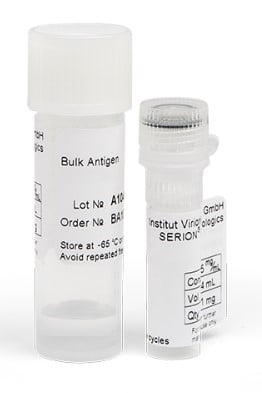
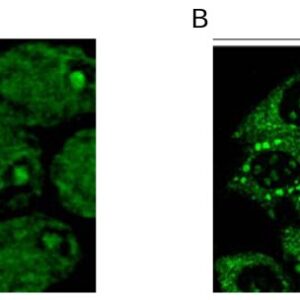
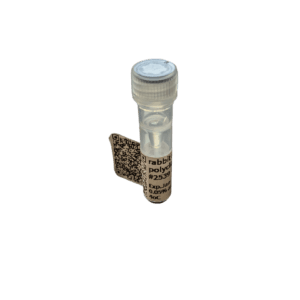
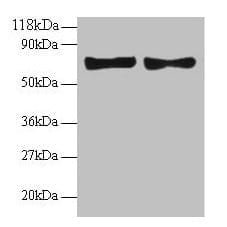
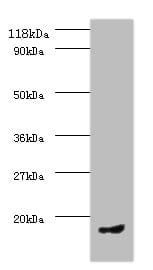

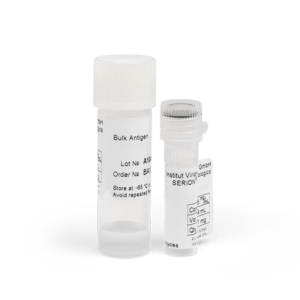
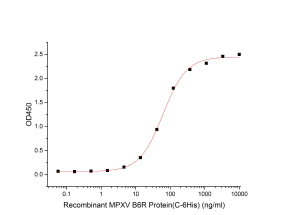
Reviews
There are no reviews yet.